Yoga Nidra (conscious relaxation)
Discover the Power of Yoga Nidra: Deep Relaxation for the Body and Mind Yoga Nidra: Unlocking Deep Relaxation and Inner Calm Yoga Nidra, often referred to as “yogic sleep,” is a powerful relaxation technique that guides practitioners into a state of profound rest while remaining conscious. Unlike traditional meditation, Yoga Nidra is practiced lying down, […]
President Donald J. Trump On The Shawn Ryan Show

President Donald J. Trump – Make America Great Again | Shawn Ryan Show Podcast (SRS #127) In a compelling and wide-ranging interview on The Shawn Ryan Show, former President Donald Trump sat down with host Shawn Ryan, a former Navy SEAL and CIA contractor, to discuss some of the most pressing issues facing the U.S. […]
Heart Breathing – A Simple Technique To Raise Your Vibration With Your Hearts Breath
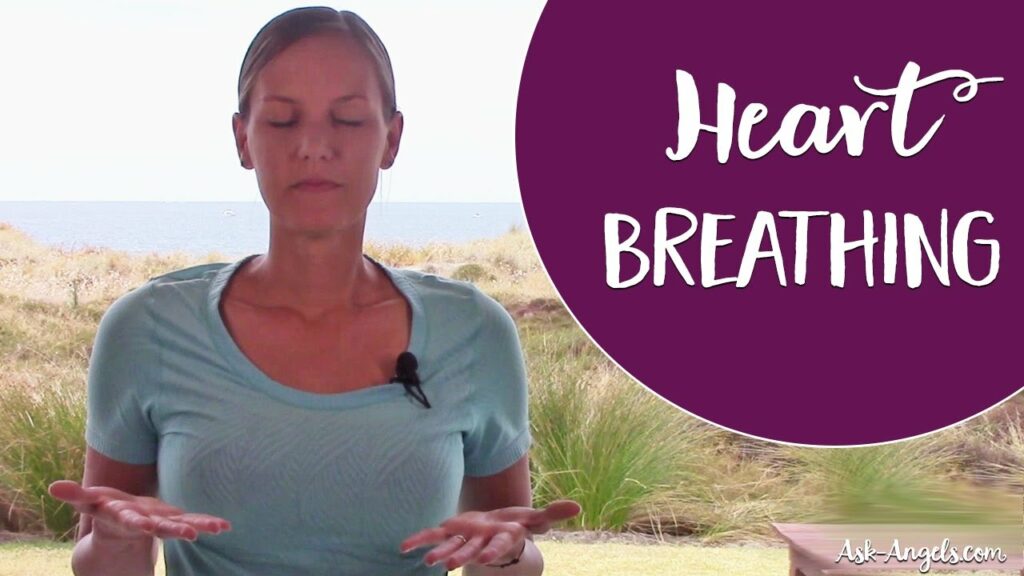
Heart Breathing: Elevating Your Vibration with the “Heart Breath” Technique Cultivating Inner Radiance and Spiritual Connection In today’s fast-paced world, finding moments of calm and connection is essential for our overall well-being. Melanie Beckler, a renowned spiritual teacher and author, offers a simple yet powerful technique called “heart breathing” or “heart breath meditation.” This technique […]
After Skool Channel
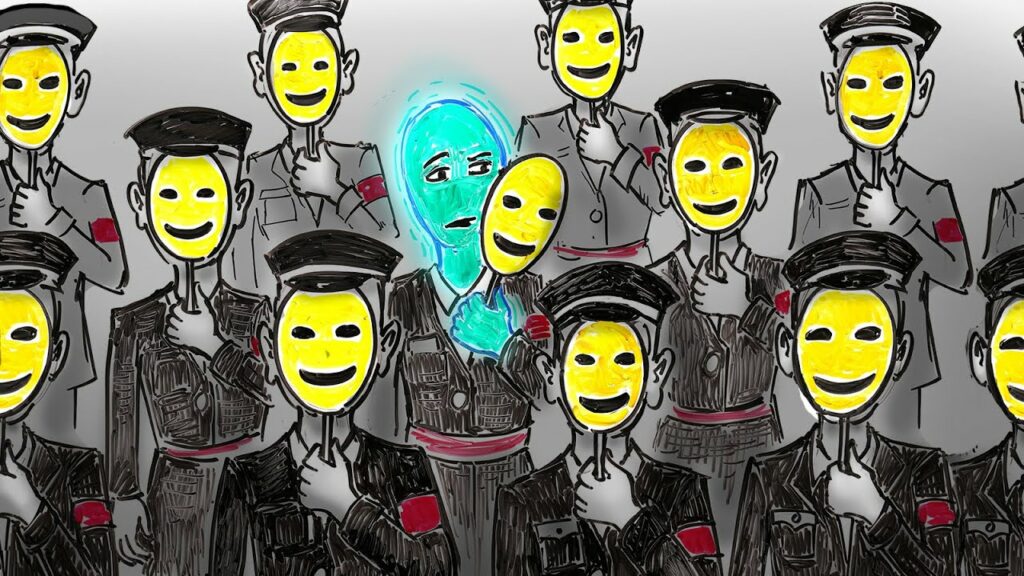
Exploring Wisdom Through Art: The After Skool YouTube Channel Insights and Inspirations from Leading Authors Introduction The After Skool YouTube channel is a treasure trove of insightful content presented in a unique and engaging format. Using drawing art to illustrate complex ideas, this channel covers a wide array of topics ranging from philosophy and science […]
Gregg Braden – A Complete Guide to Harmonizing Your Mind, Body, and Spirit
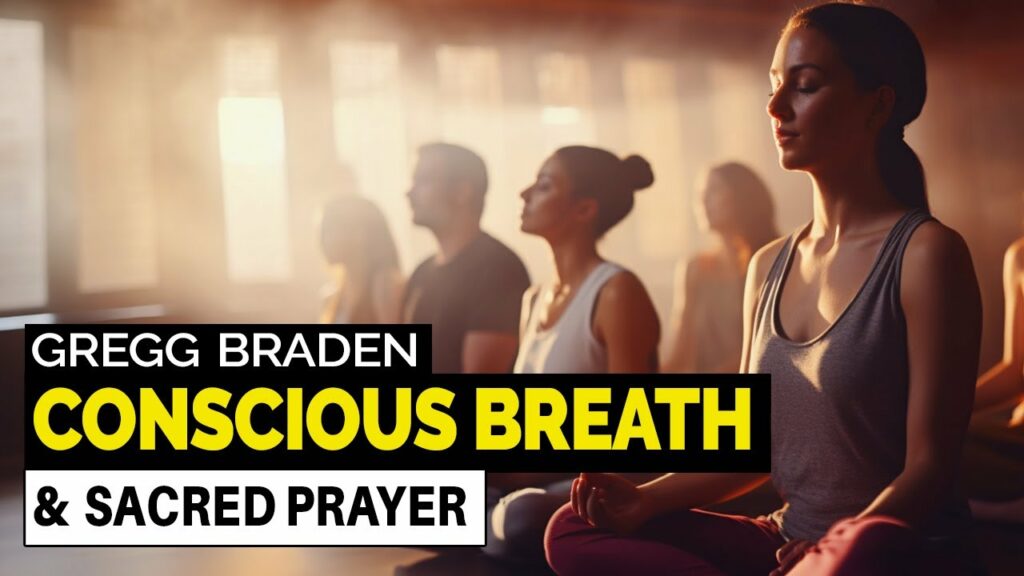
A Complete Guide to Harmonizing Your Mind, Body, and Spirit by Gregg Braden Integrating Scientific Discoveries and Ancient Wisdom for Optimal Health For over 30 years, Gregg Braden has been at the forefront of merging science and spirituality, presenting new discoveries through his unique perspective as a scientist. His work aims to bridge the gap […]
How To Be The LOVE You Seek – Dr. LePera & Dr. Ramani

Finding the Love Within Personal Vulnerability and Professional Integration Sharing personal experiences can deeply enrich professional practice, fostering genuine connections with clients. A poignant example is the speaker’s story about their mother’s illness during the pandemic. This vulnerable moment underscored the importance of blending personal life with professional duties, allowing psychologists to bring their whole […]
Suicide: 7 Realizations That Saved Me – Kyle Cease

7 Life-Saving Insights on Overcoming Suicidal Thoughts Suicide is a difficult and taboo topic, but it’s crucial to address it openly and honestly. Kyle Cease, a spiritual speaker who has faced suicidal thoughts many times, shares seven profound realizations that helped him overcome these dark moments. These insights, although not from a psychiatrist, can offer […]
5 Minute Breathing Exercise – Rick Rubin & Andrew Huberman
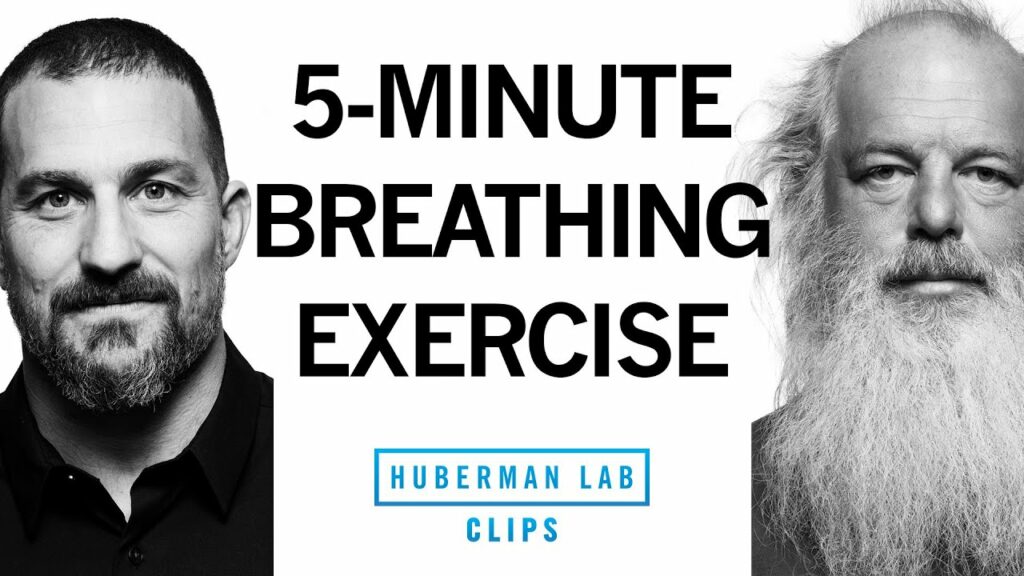
Enhancing Heart Rate Variability: A Coherence Breathing Exercise In this article, we explore a coherence breathing exercise designed to increase heart rate variability (HRV) and promote relaxation and well-being. Developed as a tool for enhancing HRV, this exercise offers a simple yet effective way to manage stress and improve overall health. Shop Huberman On Amazon […]
How To Stimulate The Vegas Nerve
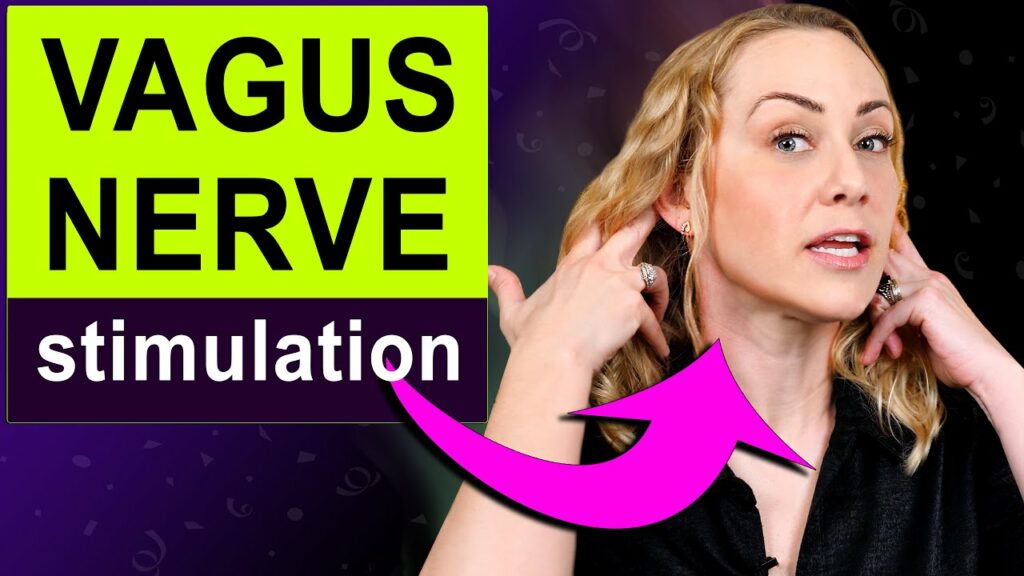
Stimulating the Vagus Nerve: A Comprehensive Guide In this comprehensive guide, we delve into the fascinating world of the vagus nerve, exploring its functions, its impact on mental health, and various methods to stimulate it for improved well-being. Understanding the Key to Mental Health and Well-Being The Vagus Nerve: An Overview The vagus nerve, also […]
How to Naturally Increase Oxygen – 2 Breathing Exercises
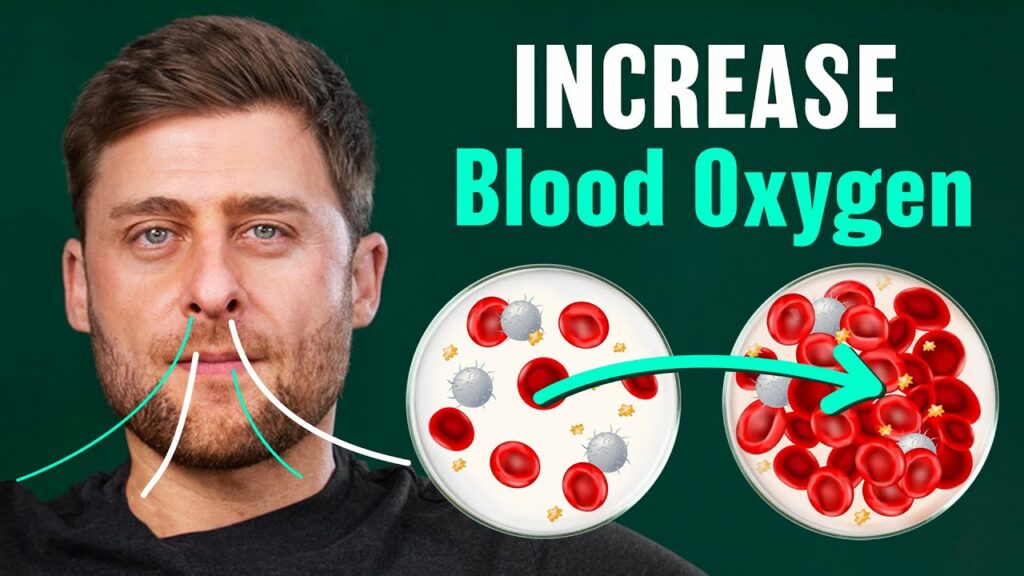
Understanding the Science of Breathing: Optimizing Oxygen Absorption and CO2 Balance Are you struggling with your breathing? Do you find yourself short of breath or feeling dizzy, despite trying to take in more oxygen? You’re not alone. In this enlightening discussion, we delve into the complexities of breathing, uncovering the truth behind oxygen absorption, CO2 […]
9-Day Breathwork Challenge Playlist Of Videos
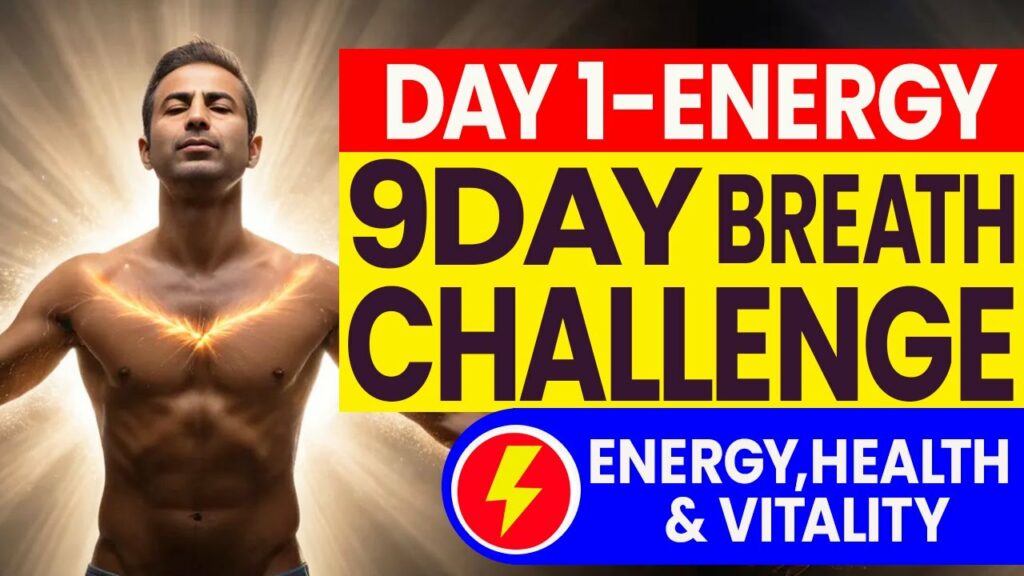
Ignite Your Energy: A 9-Day Breathwork Challenge for Vitality and Health Breathwork has long been revered as a powerful tool for enhancing vitality, energy, and overall well-being. From ancient yogic practices to modern wellness routines, the act of conscious breathing has been shown to have profound effects on both the body and mind. In today’s […]
15 Minute Guided Breathwork & Meditation – Dispenza Inspired
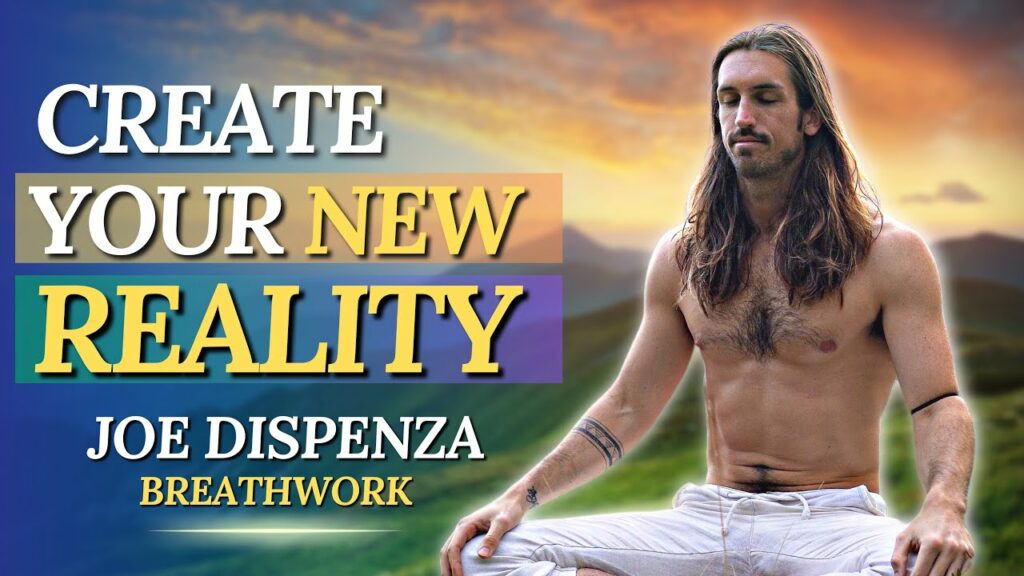
Harnessing the Power of Breath: A Guided Meditation for Shifting Your Energy Welcome, beautiful souls, to another transformative guided breathwork session. Today, we embark on a journey inspired by the pioneering work of Dr. Joe Dispenza, aimed at aligning our energy with a future reality filled with abundance, joy, and limitless possibilities. Through the power […]
Breathwork: Third Eye Or Pineal Gland Activation
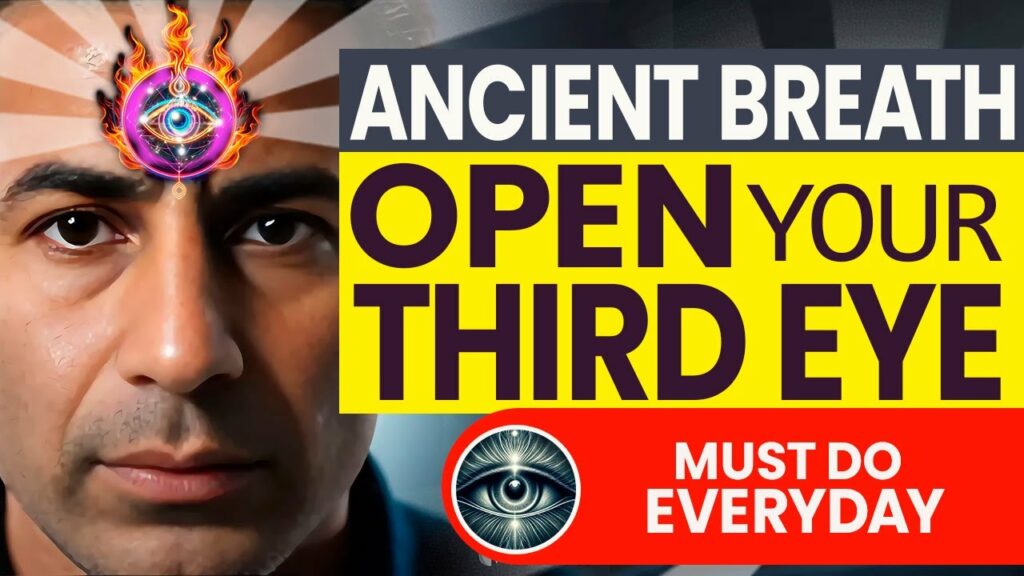
Unlocking Inner Wisdom: Breathing Techniques to Activate Your Pineal Gland and Open Your Third Eye In the quest for spiritual enlightenment and self-discovery, ancient traditions have long recognized the significance of the third eye, also known as the pineal gland. This small gland, located in the brain, is believed to play a crucial role in […]
Wim Hof Breathing Techinique Exercise – Let’s Do It
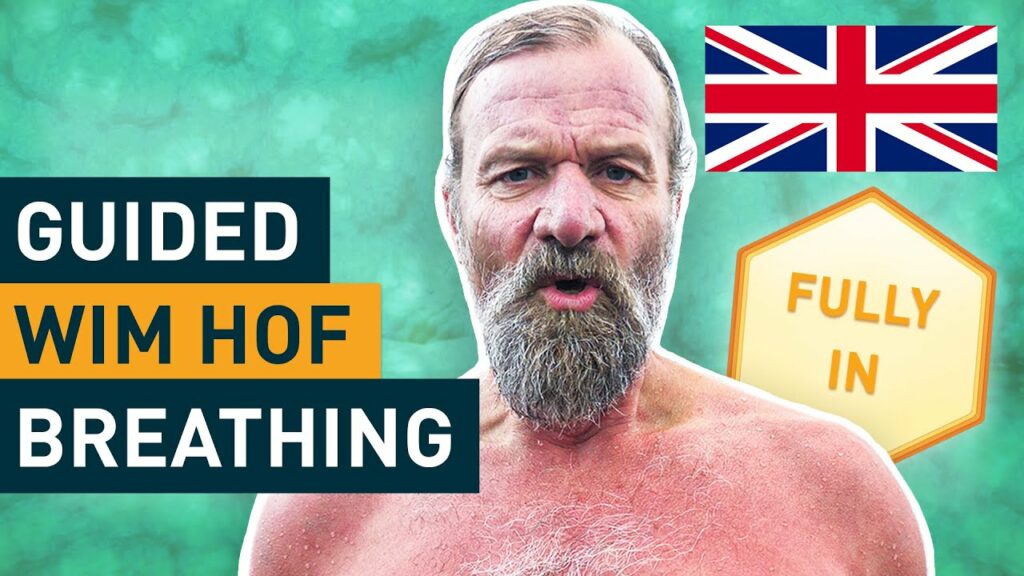
Mastering the Wim Hof Breathing Technique: A Comprehensive Guide In today’s fast-paced world, stress and anxiety have become all too familiar companions for many. In the pursuit of well-being and vitality, people are turning to alternative methods to manage their mental and physical health. One such method that has gained significant attention is the Wim […]
What Are Wim Hof Records & Incredible Feats

The Ice Man’s World Records & Pushing To The Limit Wim Hof, often dubbed “The Iceman,” stands as a living testament to the extraordinary capabilities of the human body and mind. Through a series of awe-inspiring feats, Hof has shattered conventional notions of what is physically possible, pushing the boundaries of human endurance and resilience […]
